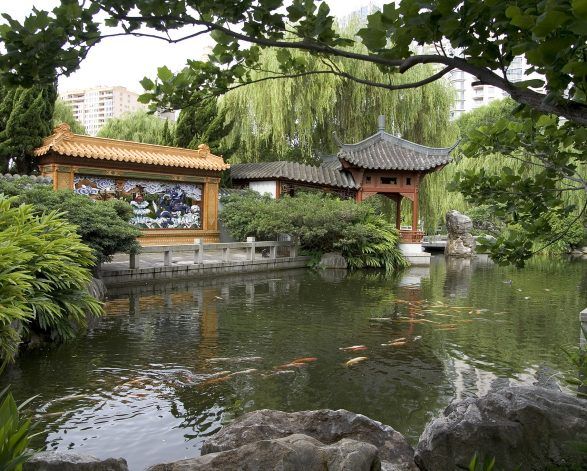29 Sep 2020
In the series The Heritage Lexicon, the National Trust (NSW) Deputy CEO, Richard Silink, will peel back the layers of language, meaning and principles of heritage and conservation at work.
We often read in the media, or see on TV celebrities professing to be a restoration expert, that they are preserving our history and conserving our past. However, each of these terms actually means something very different.
What does heritage conservation really mean? The Burra Charter is the guiding document in Australia, articulating that: ‘conservation means all the processes of looking after a place so as to retain its cultural significance’.
So let’s unpack that here.
What is cultural significance?
‘Cultural significance’ is a term that brings together all the cultural values of a place. A place could be significant because it may have one or many values including:
- Aesthetic Values – the sensory and perceptual experience of a place, for example, its beauty.
- Historical Values – for example, the history of aesthetics, art and architecture, science, spirituality and society. The history of the place therefore often underlies other values.
- Scientific Values – refers to the information content of a place and its ability to reveal more about an aspect of the past through examination or investigation. For example, the place may be archaeologically important.
- Social Values – refers to the associations that a place has for a particular community or cultural group, and the social or cultural meanings that it holds for them. So, as an example, the local community hall might not look like much chop to outsiders but when you get into the local history you may uncover that this is the place women have been meeting to organise local events or care for children or support one another for over a century.

- Spiritual Values – refers to the intangible values and meanings embodied in or evoked by a place which give it importance in the spiritual identity, or the traditional knowledge, art and practices of a cultural group. Obvious examples here are churches, of course, but of course sacred Aboriginal sites, shrines and other places or artefacts related to worship are what we’re talking about here.

Does cultural heritage matter, and how do we conserve and celebrate it?
Now that we understand the values of a place and what makes it significant, we can then make sure we do not do anything deliberately or inadvertently that may destroy these values. That’s how we conserve it.
Understanding the significance of a place allows the National Trust and other conservation organisations to assess any proposed change and determine whether it is acceptable and, if necessary, to advocate for its conservation. One example of this is our current stance on the Warragamba Dam wall. We believe that by raising the Warragamba Dam wall there would be in irreversibly negative impact on the values of the Blue Mountains World Heritage area through the loss of countless sacred sites and places.
By demolishing the MLC building in North Sydney, we would lose one of the most historically and aesthetically important modernist buildings in Australia and by approving coal mine that may impact the Great Barrier Reef, one of the natural wonders of the world could be lost forever.
So when you are finally hosting a post-COVID dinner party, talking about the most recent episode of Grand Designs, you can impress your guests by using the correct definitions such as:
- Maintenance – meaning the continuous protective care of a place and its setting. Maintenance is to be distinguished from repair which involves restoration or reconstruction.
- Preservation – means maintaining a place in its existing state and retarding deterioration.
- Restoration – means returning a place to a known earlier state by removing accretions or by reassembling existing elements without the introduction of new material.
- Reconstruction – means returning a place to a known earlier state and is distinguished from restoration by the introduction of new material.
- Adaptation – means changing a place to suit the existing use or a proposed use.
Kevin McCloud will be very impressed indeed.

 Twitter
Twitter Facebook
Facebook Linkedin
Linkedin Email
Email